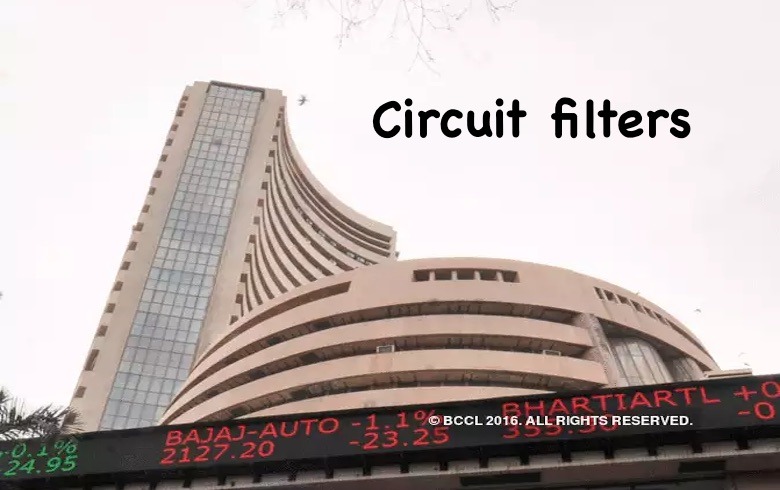A circuit filter is a regulatory mechanism stock exchanges use to curb market volatility. Share prices in the market often fluctuate very rapidly due to the emotional decisions of investors and choices made by speculators. To prevent excessive price fluctuations, circuit filters are set by exchanges from time to time concerning specific securities.
These are called circuit filters/circuit breakers because their function is similar to that of an electric circuit breaker seen in a household, which is used to protect the electric circuit from excess current or short circuits. Apart from stocks, circuit limits are also set for stock indices like Sensex and Nifty.
Check out – IndusInd Bank Balance Enquiry Number 2024.
How does it work?
As a part of this, stock exchanges set price bands with upper and lower limits within which the stock is allowed to fluctuate on a particular day. If these limits are hit in either direction, trading in these stocks is halted temporarily or for the rest of the session, depending upon the circuit limit and the time of triggering of the circuit limit.
In India, the index-based market-wide circuit breaker system is applicable at three stages of the index movement, in either direction, i.e. 10%, 15%, and 20%. The circuit filters are triggered by the movement of either the BSE Sensex or Nifty 50, whichever is breached first.
Circuit breakers for stock indices
Whenever these filters are activated, trading will be halted in all equity and equity derivative markets nationwide. The halt time depends on the time the circuit breakers are activated. The market halt and pre-open session duration limits are as follows:
- 10% movement either way:
- 1-hour halt – if they are active before 1 pm
- 30 minutes – if they are active before 2:30 pm but after 1 pm
- No halt – if they are active after 2:30 pm
- 15% movement either way:
- 2 hours halt – if they are active before 1 pm
- 1 hour halt – if they are active before 2 pm
- No halt – if they are active after 2 pm
- 20% movement either way:
- In this case, trading will be halted for the rest of the day.
Also, check – South Indian Bank Balance Enquiry No, 2024
Note: The market halt period limits listed above for pre-open call auction sessions will be reduced by 15 minutes. Hence, the effective halt period in case of 10% drift is 45 minutes, 15 minutes, and for 15% drift, 1 hour, 45 minutes, and 45 minutes, depending upon the trigger time.
1. How are these trigger limits calculated?:
The exchange calculates the index circuit breaker limits for 10%, 15% and 20% levels daily based on the closing level of the index of the previous day, rounded off to the nearest tick size.
2. Reduced Circuit Filters for Illiquid Securities:
In the case of illiquid securities, the applicable circuit filters are 10%, 5% or 2%, which may be based on criteria decided by the surveillance department of the exchanges.
3. Circuit Filters on Securities with Derivative Products:
No circuit filter is applicable on securities on which derivative products are available. However, BSE imposes a 10% dynamic circuit filter on these securities to avoid punching errors.
Must Read – BOI Balance Enquiry Number 2024,
4. Continuous review by stock exchanges:
The stock exchanges BSE and NSE keep reviewing the performance of each circuit filter. With time, if a stock becomes less volatile, the stock exchanges may relax the circuit filter limits for that particular stock. Refer https://www.bseindia.com/markets/equity/EQReports/CFSummary.aspx for group-wise summary details of BSE Circuit Filters.

